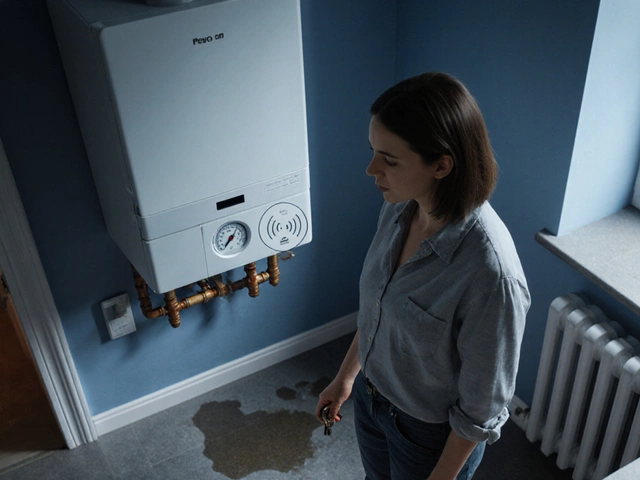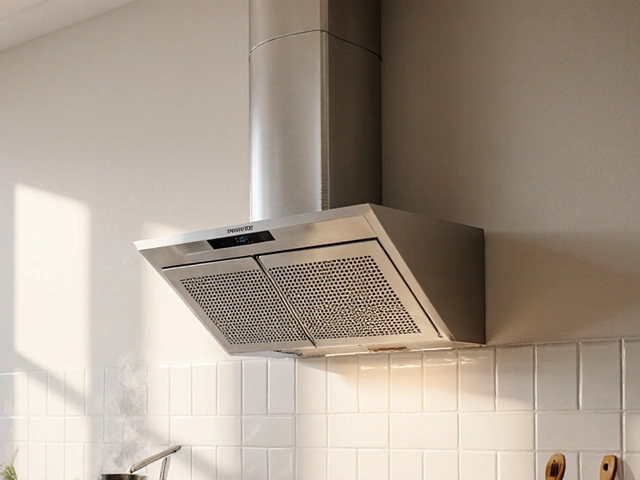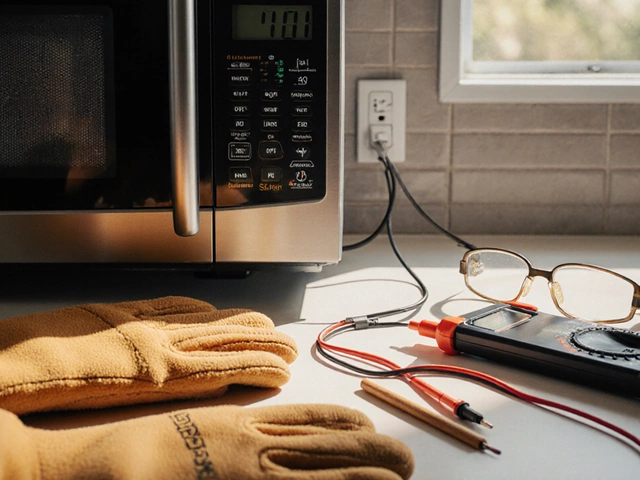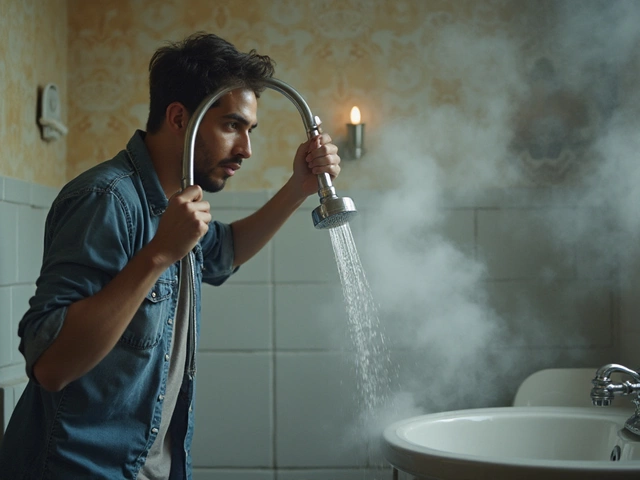Home heating maintenance made easy: boilers, heat pumps and water heaters
Keeping your heating system in shape doesn’t have to be a headache. A few quick checks each season can stop nasty breakdowns, lower your energy bill and keep every room cosy. Below you’ll find plain‑spoken advice for the three main pieces of home heating – the boiler, the heat pump and the water heater.
Why regular heating maintenance matters
A neglected boiler can start sputtering, make odd noises or even leak water. That usually means higher fuel use and a bigger repair bill later. Heat pumps suffer the same fate: dirty filters and worn‑out fans cut the warmth they push into your home. And a water heater that isn’t flushed will build sediment, making hot showers slower and costing more energy. Doing a little work now saves money, stress and unexpected service calls.
Quick checklist for boiler, heat pump, and water heater
Boiler: Turn off the power, then let the system cool. Check the pressure gauge – it should sit between 1 and 1.5 bar when cold. Look for any rust on pipes or at the pressure relief valve. Clean the burner and flue with a soft brush; a build‑up of dust reduces efficiency. Finally, schedule a professional inspection at least once a year.
Heat pump: Switch it off for a few minutes, then open the outdoor unit. Remove any leaves or debris from the fins – a garden hose on low pressure can wash them clean. Swap out the air filter; most units use a washable mesh that should be rinsed monthly in the heating season. Listen for strange clicks or grinding noises – those often signal a motor problem that needs a pro.
Water heater: Turn off the power or gas, then attach a garden hose to the drain valve. Let the tank empty completely, then close the valve and fill it again, adding a cup of white vinegar to the cold‑water inlet. Run the heater for an hour; the vinegar loosens sediment. Flush the tank again with fresh water, then restore power. This simple flush each year keeps the heater working hotter for longer.
Even if you’re not a DIY fan, these tasks take under an hour and need only basic tools – a screwdriver, a hose and a bucket. Doing them yourself means you’ll spot trouble early and can decide whether to call a pro or fix it yourself.
Remember to keep a simple log: date, what you checked, and any odd findings. A quick note after each season helps you see patterns – like a pressure drop that repeats every autumn – and gives a professional a clear picture if you need one.
When you combine these routine checks with a yearly service from a qualified technician, your heating system will run smoother, use less energy and last longer. That translates straight into lower bills and a warmer home, no surprises.
Got a question about a specific part of your heating system? Drop a comment or give us a call – we love helping folks keep their homes comfy without breaking the bank.






